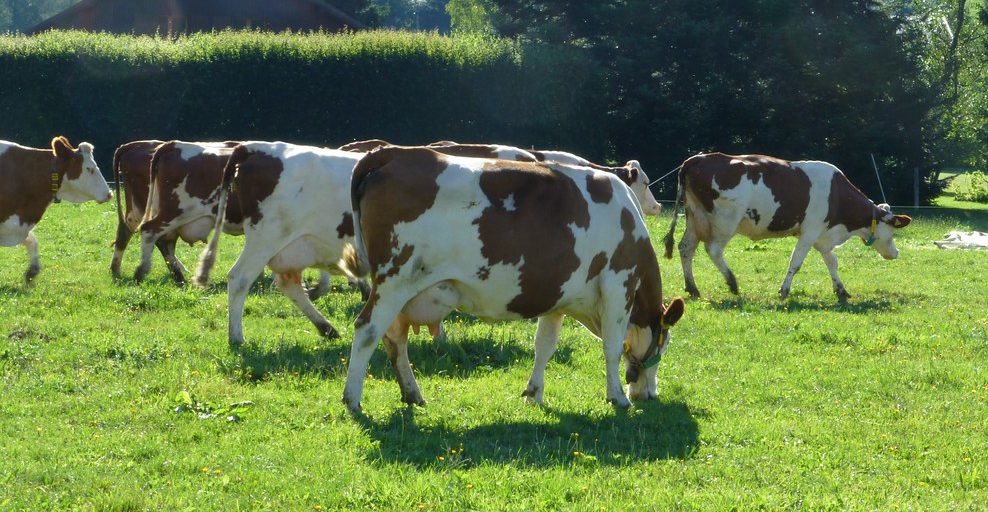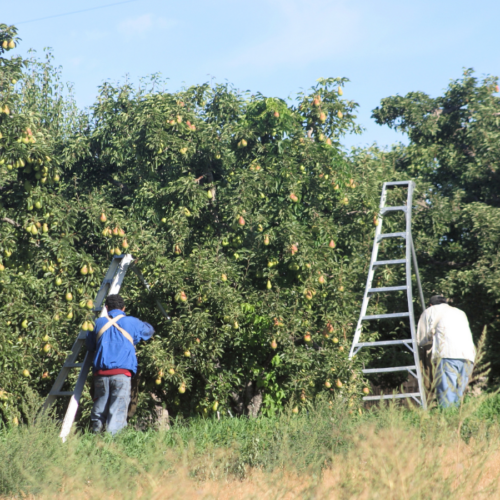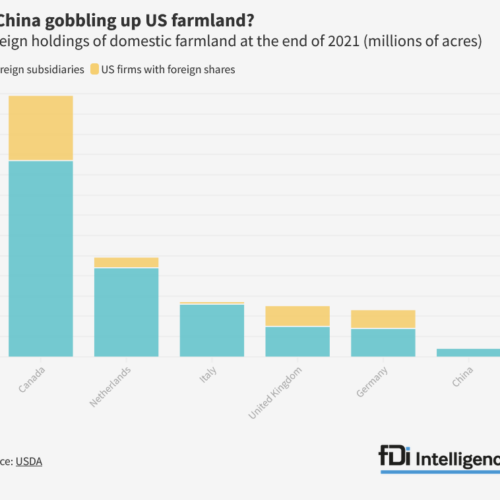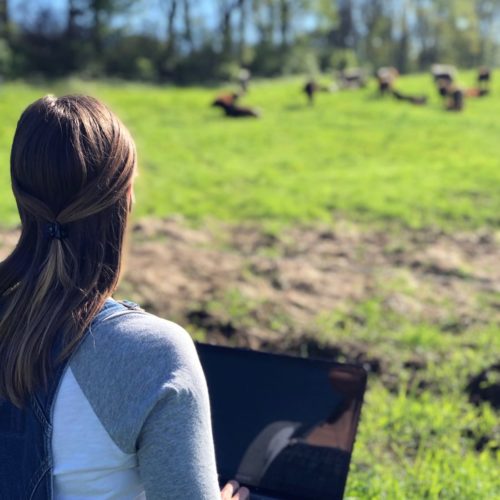Can small Northeast dairy farms be saved?
There is perhaps nothing more evocative of New England than dairy farms — old barns, contentedly grazing cows, and rolling green fields of corn and hay. However, that iconic vision is in danger of disappearing, to be replaced by mini-malls and subdivisions.
Since 2015, our local dairy farmers have been losing money — in effect paying to milk their cows. The latest data from the USDA show that the cost to produce milk in Maine per hundredweight is $25.15 (a hundredweight, or CWT, is 100 pounds, or 8.6 gallons of whole milk). The June 2016 price to the farmers was $16.39, or a loss of $8.70 per hundredweight. With the average herd size of 125 cows, and the average milk production per cow of 2,300 pounds, the total production of 287,500 pounds of milk will mean a loss of $25,012.50 per year.
In Vermont, the number of dairy farms has dropped from 1,200 five years ago to 800 now. In New Hampshire, the number of dairy farms have slipped from 137 ten years ago to the current 100 farms. Thirty years ago, there were more than 10,000 dairy farms in the northeast; today there are fewer than 2,000.
This is the first in a series of three articles dealing with the dairy crisis. We’ll examine the causes of the crisis and look for solutions.
The Milk Price Roller Coaster
When we entered the New Hampshire legislature in 2006, the state and the region were in the midst of a dairy crisis. At that time, the cost of production was just over $16 per CWT, but the farmer was getting only $11 per CWT for milk. In 2007 and 2008 the prices rose to decent levels. Another fall in prices occurred in 2009, then back up to highs in 2015. And now, the lows we are currently experiencing.

What is causing this extreme fluctuation? There are many factors, including the balance of international trade, the speculation in milk futures on the Chicago Mercantile Exchange, and the base price as set by the Federal Milk Marketing Order (or FMMO). Just what is the FMMO? For the past 10 years we have been trying to get a handle on exactly what it is and who controls it, with no success. (Here is a link to a presentation that explains the system; please note that the file is 50 pages long). Few understand the system, and fewer know how to fix it.
What we do know is that the costs of production and inputs included in the FMMO formula are not sufficient to cover the real costs that our dairy farmers have to pay. One thing to keep in mind is that the FMMO price is a base price. Processors and retailers are able to pay whatever they would like over and above this base. The problem is they don’t. The average retail price for a gallon of milk is $4.49. For that same gallon, the farmer receives $1.40, or 31 percent.
What can we do? One possibility is that as a region, we can work with our congressional delegations to amend the Agricultural Marketing Agreement and change the FMMO’s formulas to take into consideration the high input costs in the Northeast.
Your state can also provide your farmers with a safety net of either cash infusions when the prices plummet, or tax credits and/or tax exemptions to allow them to weather the vagaries of federal dairy pricing. Massachusetts, Connecticut, and Maine each have set up systems to assist their dairy farmers from these cyclical depressions.
Another way to help is to encourage diversification and innovation for your farms. Cheese and ice cream making, agritourism, timber harvesting, and maple sugaring help to augment the milk income and get farmers through downturns.
Our dairy farmers are a smart and pragmatic breed, used to planning for the bad times when the times are good. We can only hope that they continue to be the stewards of our land and open space.
The next installment of this series will deal with the Margin Protection Program, a newly-established safety net insurance plan that was meant to protect farmers when the price drops below a set level. Unfortunately, this did not work. We will investigate why, and what needs to be done to fix it.

"Morning Cows" by Dumbo711 is licensed under CC BY-NC-SA 2.0





